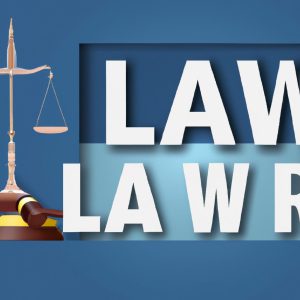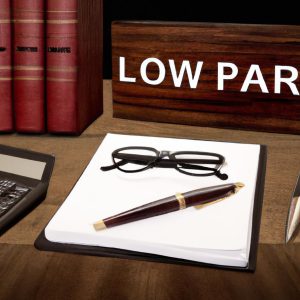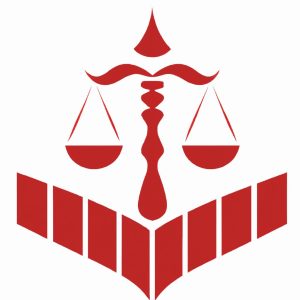Navigating the Complexities of End-of-Life Planning: A Comprehensive Guide
As time passes, it becomes increasingly important to navigate the intricate corridors of end-of-life planning. In the midst of our busy lives, it is easy to neglect the task of organizing our affairs and clearly outlining our final wishes. However, as experienced legal practitioners at Morgan Legal Group, we understand the gravity of these matters and are well-versed in the delicate art of organizing end-of-life documents. Join us as we shed light on the complexities of estate planning, probate, elder law, wills, and trusts, and guide you towards a well-organized and secure future.
Essential End-of-Life Documents for Comprehensive Estate Planning
When it comes to organizing your end-of-life documents, having a comprehensive estate plan in place is crucial. This includes having the following key documents ready:
- Last Will and Testament: This document outlines how you want your assets to be distributed after your passing.
- Living Will: Also known as an Advance Directive, this document specifies your wishes for medical treatment in the event you are unable to communicate your desires.
- Durable Power of Attorney: This document appoints someone to handle your financial and legal affairs if you become incapacitated.
- Healthcare Proxy: This document designates someone to make medical decisions on your behalf if you are unable to do so.
By having these documents in order, you can ensure that your wishes are carried out and that your loved ones are taken care of in the event of your passing or incapacity. Our team at Morgan Legal Group in New York City specializes in estate planning and can help you organize and establish these essential end-of-life documents for a comprehensive estate plan
 Remember to cite any sources used.
Remember to cite any sources used.
As much as we may not like to think about it, death is a natural part of life. And with death, comes the need to organize and arrange important end-of-life documents. These documents, also known as estate planning documents, are crucial for ensuring that your final wishes are carried out and that your loved ones are taken care of after you pass away. However, organizing these documents can feel overwhelming and daunting for many people. In this article, we will discuss how to organize your end-of-life documents so that you can have peace of mind knowing that everything is in order.
Why is it Important to Organize End-of-Life Documents?
Before diving into the practical tips on how to organize end-of-life documents, let’s first understand why it is important to do so. Here are some reasons why organizing your end-of-life documents is crucial:
– Ensure your final wishes are carried out: Your end-of-life documents contain crucial information that outlines your final wishes, such as how you want your assets to be distributed, who should make medical decisions for you if you are unable to, and who should care for your minor children if you pass away. By organizing these documents, you ensure that your wishes are properly communicated and followed after you are gone.
– Ease the burden on your loved ones: Losing a loved one is already a difficult and emotional experience. Organizing your end-of-life documents can alleviate some of the burdens and stress for your loved ones by providing clear instructions and guidance on how to handle your affairs.
– Prevent family conflicts: In the absence of clear end-of-life documents, family conflicts can arise over how assets should be distributed or how medical decisions should be made. By organizing your documents, you can avoid these conflicts and make the process smoother for your loved ones.
Practical Tips for Organizing End-of-Life Documents
1. Make A List of Important Documents
The first step to organizing your end-of-life documents is to make a list of all the important documents that you have. This list should include but is not limited to:
– Will or trust documents
– Life insurance policies
– Retirement accounts
– Bank account information
– Investment accounts
– Property deeds and titles
– Medical directives
– Digital assets and login information
2. Keep Them In A Safe and Accessible Place
Once you have your documents listed, it is important to keep them in a safe and easily accessible place. This could be a personal safe, a safety deposit box, or a locked filing cabinet in your home. Make sure that your loved ones know where these documents are located and how to access them in case of an emergency.
3. Review and Update Regularly
Life changes, and with it, so do our end-of-life wishes. It is important to regularly review and update your documents to ensure that they accurately reflect your current wishes and circumstances. This could include changes in beneficiaries, updating your will, or revising your medical directives.
4. Inform Your Loved Ones
It is essential to communicate and share your end-of-life documents with your loved ones, including your designated executor, power of attorney, and healthcare proxy. Make sure they are aware of your final wishes and where your documents can be found. Having open and honest communication about these matters can help prevent confusion and conflicts in the future.
5. Consider Consulting With a Professional
Organizing end-of-life documents can be a complex and overwhelming process. If you are unsure about how to proceed, it may be beneficial to consult with a legal or financial professional who can guide you through the process. They can also provide valuable advice and help you ensure that your documents are properly executed and meet all legal requirements.
In Conclusion
Organizing your end-of-life documents may not be a pleasant task, but it is a necessary one. By taking the time to properly organize and communicate your final wishes, you can provide peace of mind for yourself and your loved ones. Remember to regularly review and update your documents as needed and seek professional help if necessary. By following these tips, you can ensure a smoother and more secure future for your loved ones.







